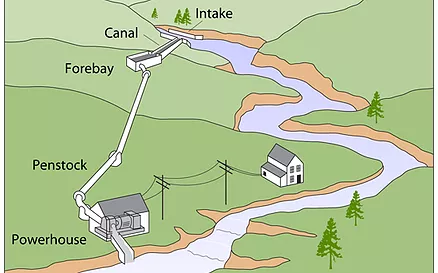Green Mini-Grids

Improving access to modern energy services in rural and urban areas of Tanzania remains a major development priority. A “Mini-grid” is an isolated, low-voltage distribution grid, providing electricity to a community – typically a village or small town. It is normally supplied by one source of electricity, e.g. biofuel generators, a solar PV installation, a micro-hydro station, wind turbine, biogas plant, gasifier, etc., or a combination of the above.
Mini-grids are technically and increasingly also economically viable modern energy provision solutions in off-grid areas, and the hybridization of existing mini-grids can result in substantial savings – not only for consumers, but also for governments and parastatal utilities.
A similar centralized approach has been followed in many countries. In post WW2 Africa, for example, centralised electricity generation was seen as a precondition for development, with the delivery of electricity and infrastructure paving the way for economic growth. This approach overlooked constraints such as a dispersed population, low purchasing power and limited potential for load growth.
Successful mini-grid development requires:-
-
Design based on detailed analysis of local context including natural resources, supply chains, energy demand and current/future energy policies.
-
A favourable policy environment which may involve changes to national laws which favour grid electrification.
-
In community schemes sufficient time is required during project design to establish clear governance structures and to build community trust. Mini-grid schemes need to be linked into wider rural development strategies in order to match demand.
-
Securing sustainable finance to cover upfront costs. Ideally, at least the operation and maintenance costs must pay for themselves (through tariffs) in the long run for schemes to be feasible
